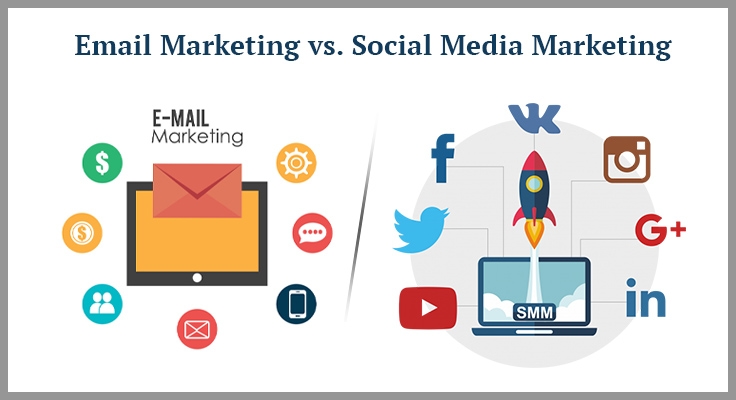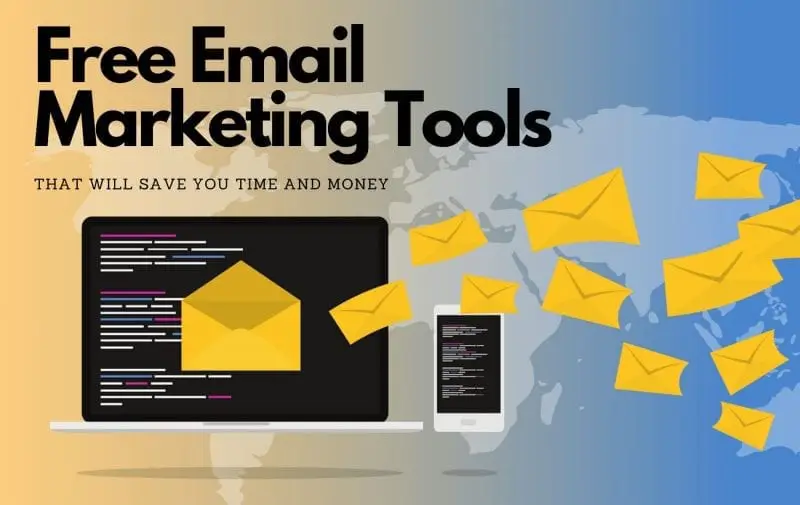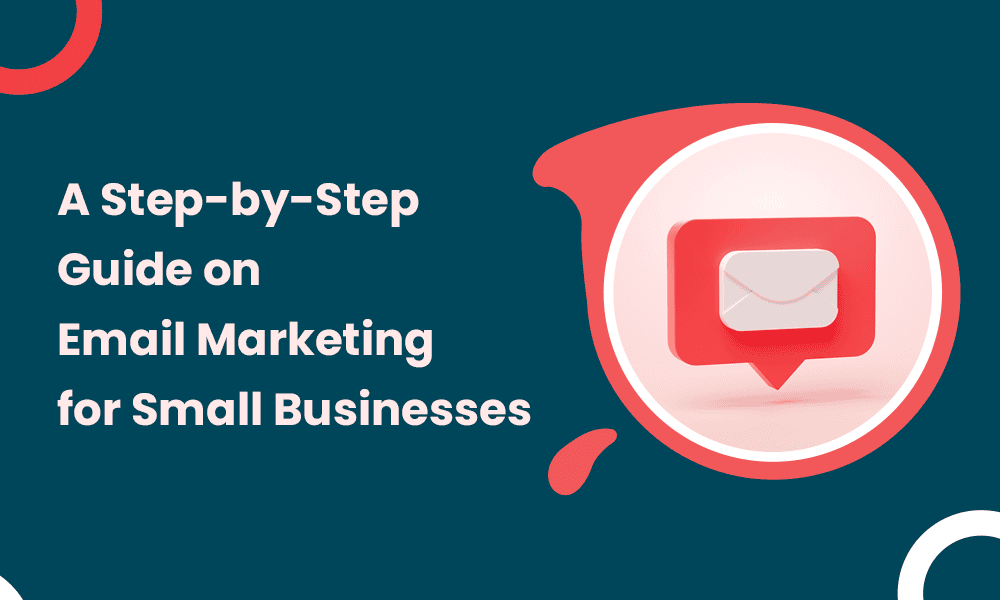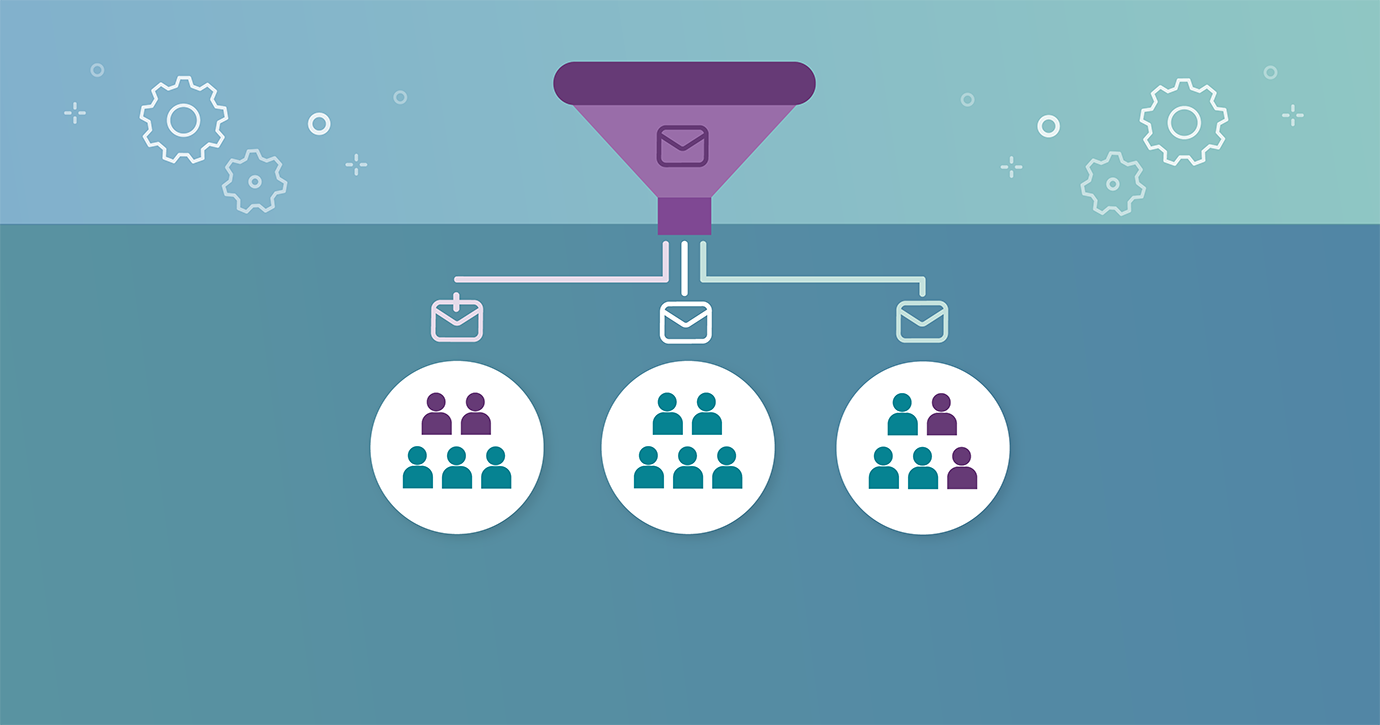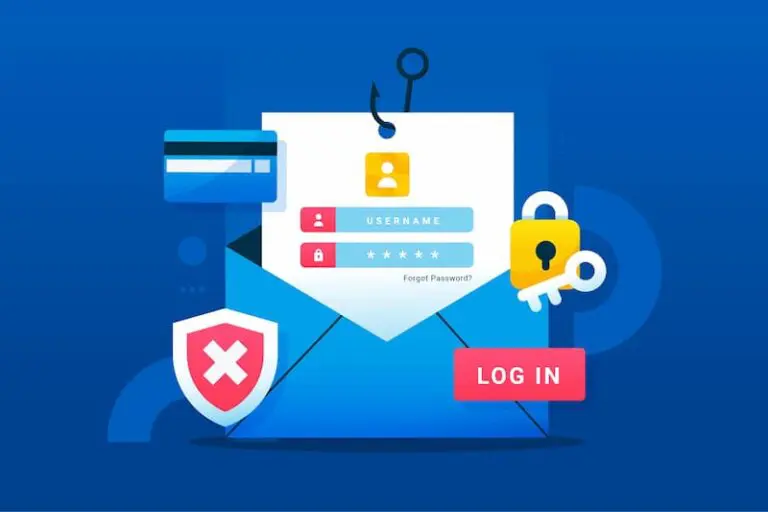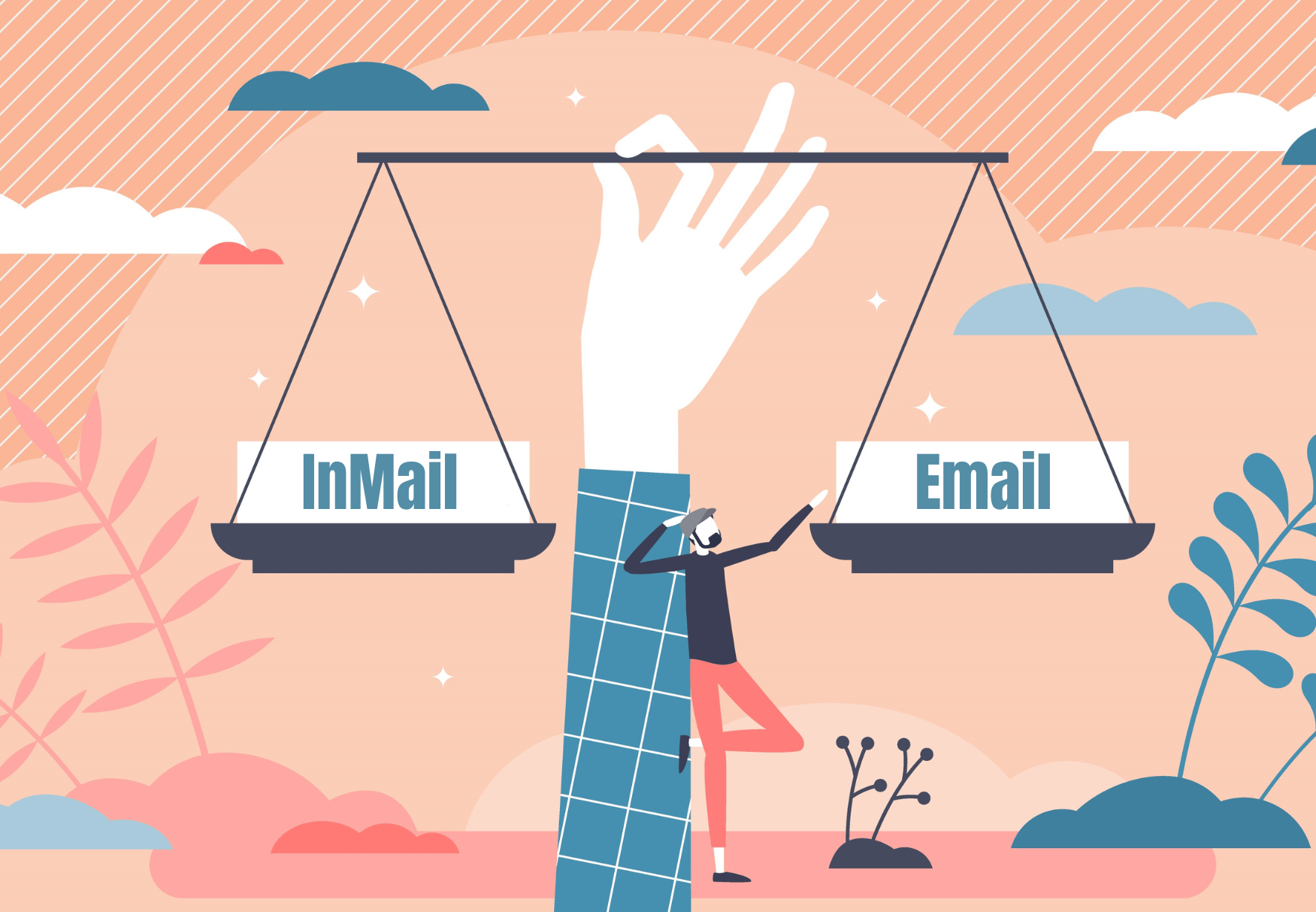Why Are My Emails Ending Up in Spam?
There are several common reasons why your email campaigns may end up in spam folders:
- Spammy or misleading content
- Poor sender reputation
- Low engagement metrics
- Weak email infrastructure
- Missing unsubscribe links
- Violations of laws like GDPR, CCPA, or CAN-SPAM
- Unmaintained or purchased email lists
- Misconfigured headers or authentication protocols
- Not adhering to updated sender requirements from Google or Yahoo
Spam filters exist to protect users from phishing, scams, and harmful content. Understanding how they work is essential to improving your email deliverability.
How Spam Filters Work
Spam filters evaluate incoming emails using various criteria, assigning each message a “spam score.” If the score exceeds a certain threshold, the message is flagged as spam. These filters are constantly evolving and use machine learning, pattern recognition, and rule-based logic.
While the exact algorithms are not public, senders can still align with best practices to avoid common red flags.
Types of Spam Filters
Spam filters can be grouped by criteria or implementation.
Criteria-Based Spam Filters:
- Content Filters: Flag suspicious content (e.g., spammy words, malware, odd formatting).
- Header Filters: Examine sender metadata for inconsistencies or spoofing.
- Blacklist Filters: Block senders listed on public or private blacklists.
- Heuristic Filters: Use custom user-defined rules.
- Permission Filters: Ensure consent was given to receive emails.
- Challenge-Response Filters: Require human verification (e.g., CAPTCHA or passcode).
Implementation-Based Spam Filters:
- Gateway Filters: Installed on the network level to detect and block harmful emails (e.g., Barracuda, Cisco Secure).
- Hosted Filters: Cloud-based filters used post-gateway to refine spam detection (e.g., Spambrella, MailCleaner).
How to Avoid Spam Filters by Email Provider
Gmail – For Senders
Google advises the following practices:
- Properly configure SPF and DKIM records.
- Use reverse DNS (PTR) records.
- Your sending domain should match your public website (e.g., @mailtrap.io).
- Use a dedicated IP whenever possible.
- Keep consistent sender addresses by type (e.g., sales@, info@).
- Don’t combine promotional content with transactional emails.
- Avoid sending test emails from your main domain.
- Never impersonate someone else—this is considered spoofing.
Gmail – For Recipients
To prevent legitimate emails from going to spam:
- Add trusted senders to your contacts.
- Create filters via Gmail settings:
- Go to Settings > See all settings > Filters and Blocked Addresses > Create a new filter.
- Define the sender’s email, then set it to “Never send to spam.”
Microsoft Outlook, Hotmail & Microsoft 365
Use the Safe Senders List to whitelist addresses and domains. Check your spam settings under “Junk Email” and avoid using non-authenticated email services or free domains like Gmail or Yahoo for business sending.
Yahoo! Mail and AOL
Yahoo heavily emphasizes engagement metrics and authentication. Make sure your sending domain has SPF, DKIM, and DMARC correctly set up. Keep bounce rates low and ensure consistent email branding.
How to Prevent Emails from Going to Spam
Part 1 – Impeccable Sender Reputation
Your reputation as a sender plays a major role in inbox placement.
Focus Areas:
- Domain reputation: Avoid switching domains frequently.
- IP reputation: Use a clean, dedicated IP.
- Email authentication: Set up SPF, DKIM, and DMARC.
- Reverse DNS: Ensure PTR records are in place.
Tools to Check Sender Reputation:
- Google Postmaster Tools
- Talos Intelligence (Cisco)
- SenderScore.org
- Mail Tester
Sender Reputation Checklist:
- SPF, DKIM, and DMARC are configured correctly
- Dedicated sending domain and IP
- Domain has a good history and engagement
- Low bounce, spam complaint, and unsubscribe rates
Part 2 – Polished Email Content
Even if your reputation is spotless, poor content can send you to spam.
Key Elements:
- Subject Line: Avoid all-caps, exclamation marks, and misleading hooks.
- Body Copy: Keep it clean, concise, and relevant. Avoid trigger words like “FREE”, “BUY NOW”, or “URGENT”.
- HTML: Ensure well-structured, responsive HTML with proper text-to-image ratio.
- Images: Don’t embed too many or oversized files.
- Attachments: Avoid sending unscanned files or .exe/.zip formats.
- Videos/Media: Link out to media rather than embedding large files.
Tools to Check Content:
- Mailtrap Email Sandbox
- Litmus
- GlockApps
- IsNotSpam
Content Quality Checklist:
- Clear subject and preview text
- Mobile-friendly layout
- Personalization (e.g., names, preferences)
- Spam score tested before sending
- Unsubscribe link included
Part 3 – Engaged Recipient
Recipient engagement directly affects inbox placement. ISPs track how people interact with your emails.
Best Practices:
- Encourage replies and forwards
- Use consistent branding and friendly formatting
- Segment your list based on behavior
- Prompt inactive users to re-engage or unsubscribe
- Maintain list hygiene (remove invalid or dormant addresses)
Engaged Recipient Checklist:
- Active list management and cleaning
- Personalized subject lines and content
- Clear unsubscribe option
- Follow-up emails tailored to engagement level
Part 4 – Robust Email Infrastructure
Your technical setup forms the backbone of deliverability.
- Use dedicated infrastructure for marketing vs. transactional emails.
- Monitor your bounce rates, IP reputation, and spam complaints regularly.
- Consider a reputable email service provider (ESP) like SendGrid, Mailgun, or Amazon SES.
- Test all outgoing emails before full deployment.
Final Thoughts
Preventing emails from ending up in spam isn’t just about checking a few boxes. It’s about building long-term trust—with email clients, algorithms, and most importantly, your recipients.
